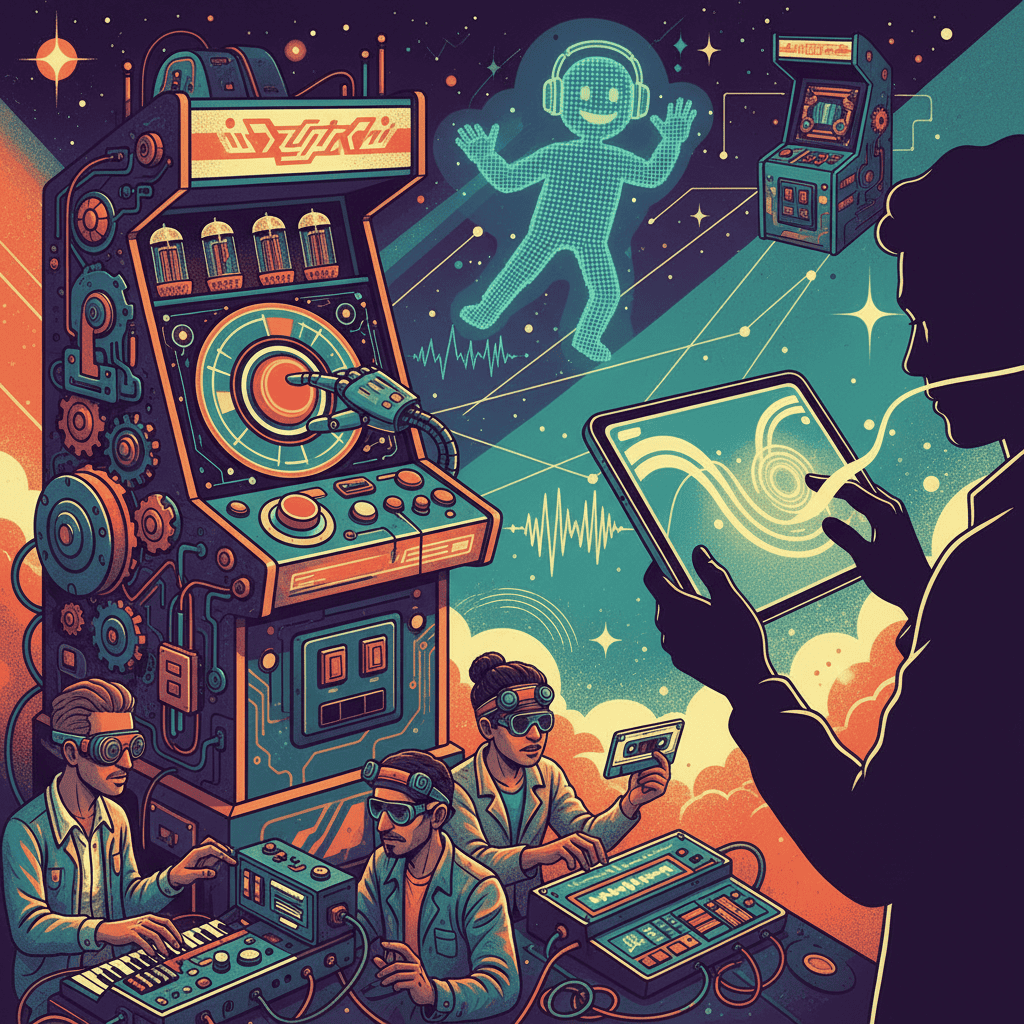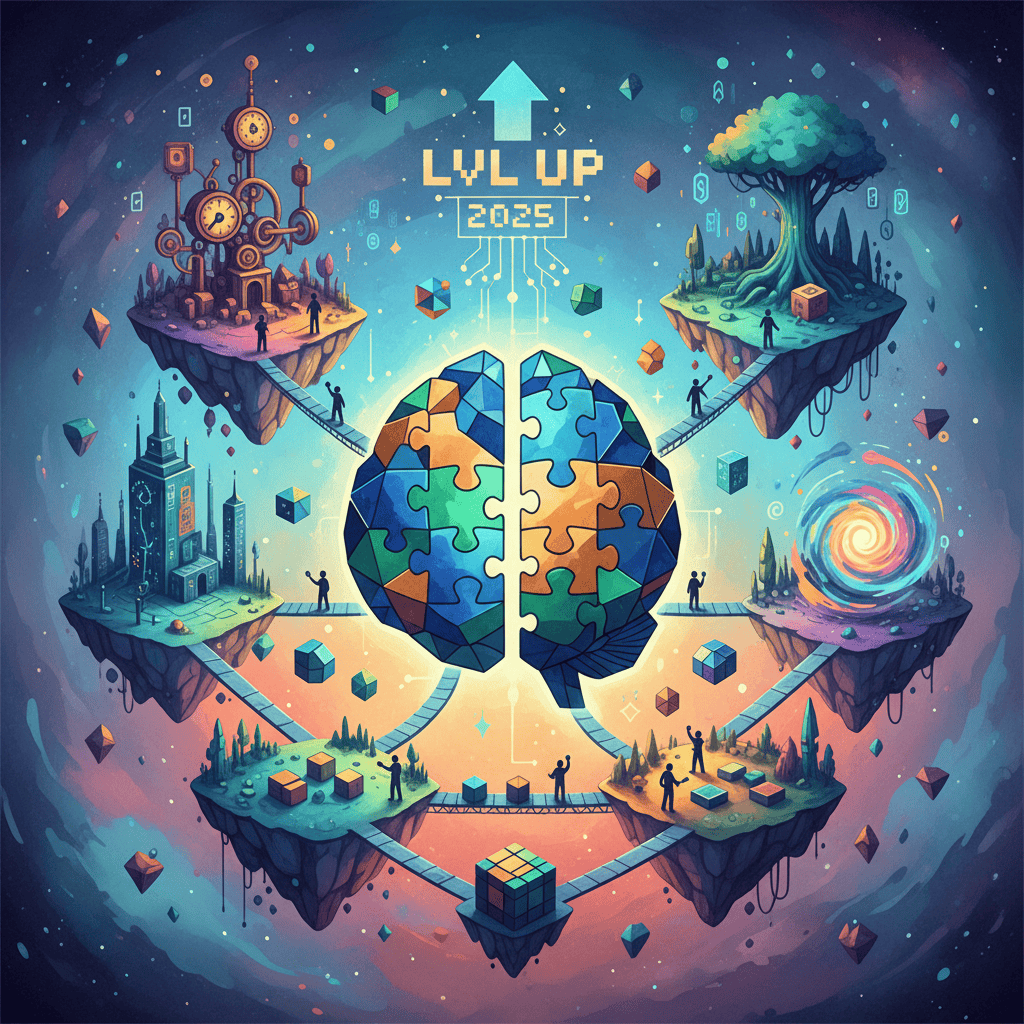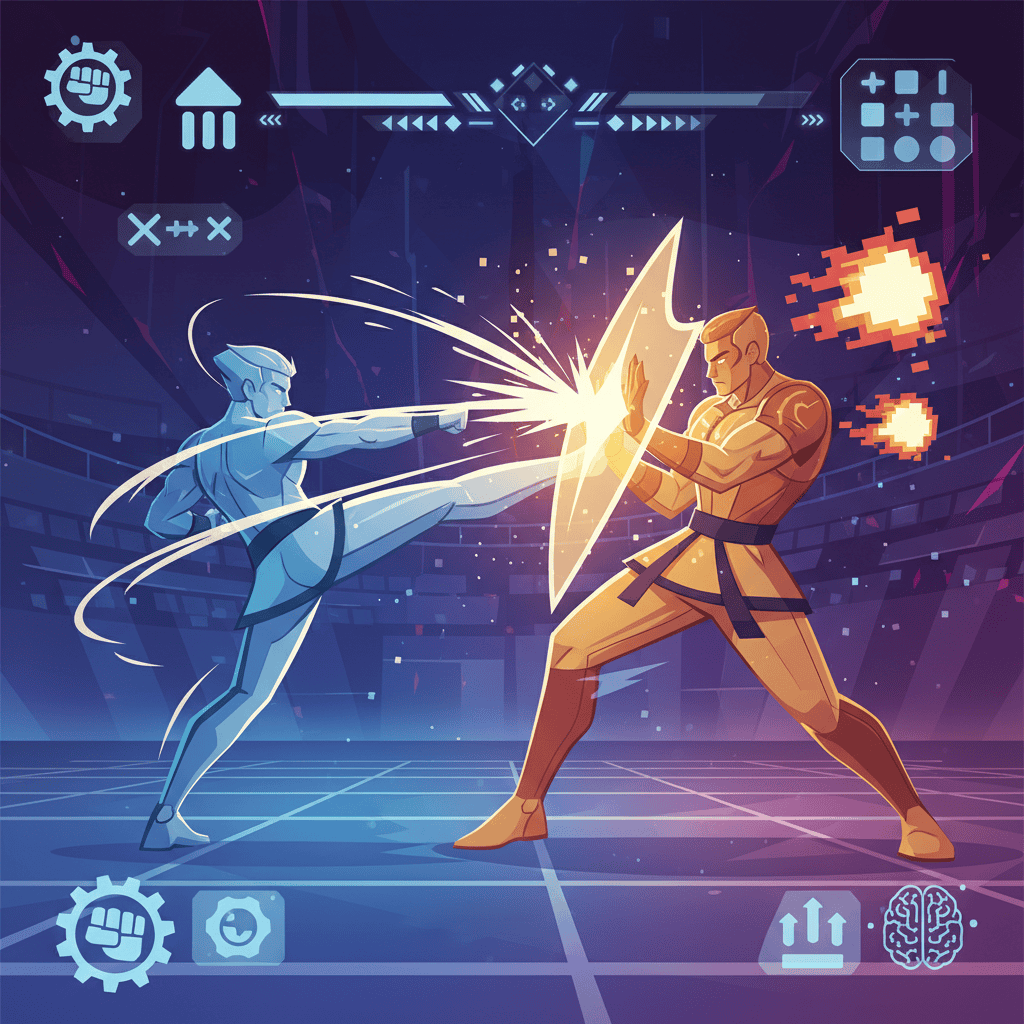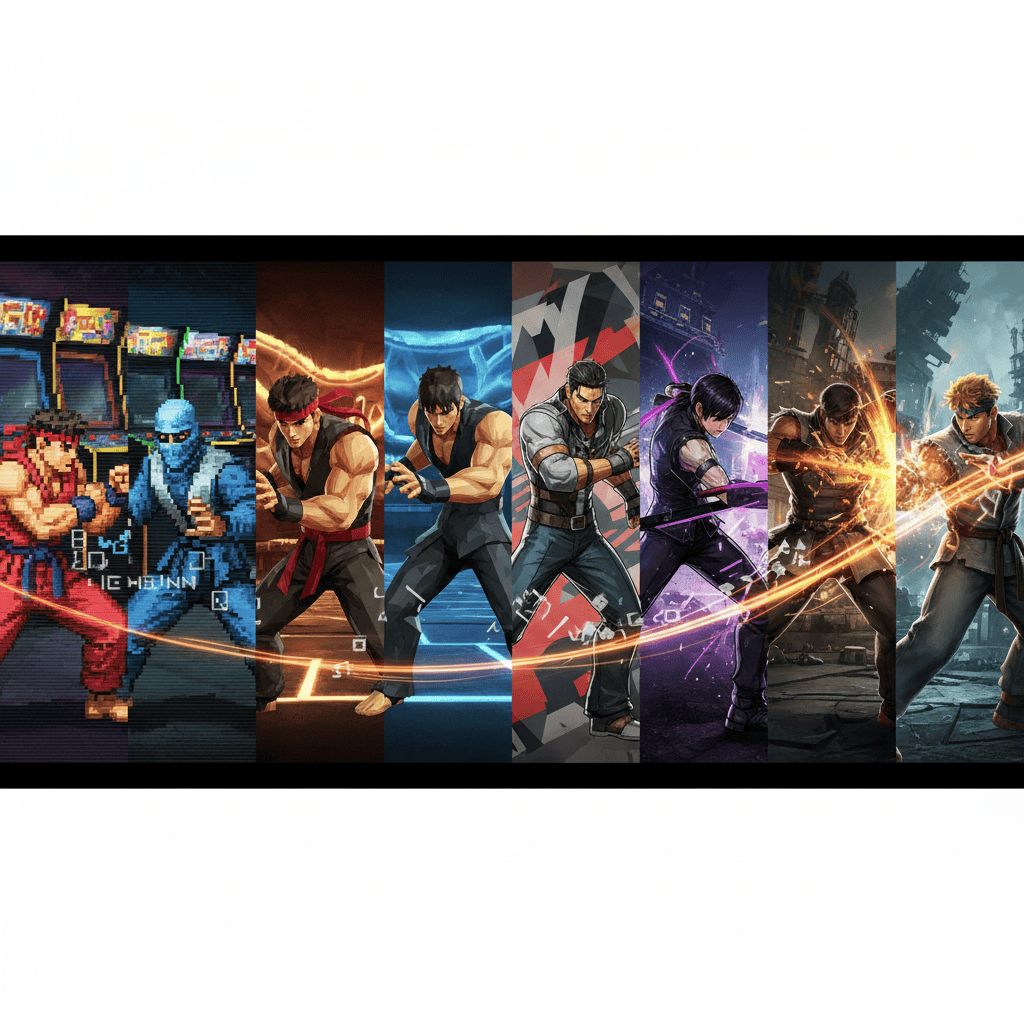Ever wondered how those addictive, note-perfect tap-fests we love on our phones actually got their start? The truth is way cooler than you think – it’s a wild ride through neon-lit arcades, groundbreaking technology, and the relentless pursuit of that perfect high score. Let’s dive into the history of rhythm games, from their humble beginnings to the global phenomenon they are today.
The Dawn of the Beat: Mechanical Marvels and Early Pioneers
My first experience with a rhythm game? That would be Dance Dance Revolution in the late 90s. The sheer physicality of it, the pounding bass, the flashing lights…it was a revelation. But the story starts long before that, with the arcade scene laying the groundwork for the genre. Early titles, like Dance Dance Revolution (Konami, 1998), were revolutionary. They were the first to seamlessly blend physical activity with musical timing. The arrow pads, the sweat, the sheer competitive fire… These games were as much a workout as they were a test of your rhythmic prowess. I remember countless hours spent perfecting my footwork, trying to beat my personal best and battling friends for that top spot on the leaderboard.

Dance Dance Revolution wasn’t born in a vacuum though. Earlier games like Para Para Paradise (Konami, 1996) and even GuitarFreaks and DrumMania (Konami, 1997) experimented with the core mechanics of what we would come to define as the rhythm game genre. These games, while not as polished as later titles, highlighted the potential of translating music into interactive gameplay. The fundamental elements – rhythm game timing, note recognition, and increasing difficulty – were already taking shape.
Early Arcade Innovations
- Mechanical Feedback: Early arcade cabinets often incorporated physical elements to enhance the gameplay experience. Think of the physical feedback of hitting the arrow pads on DDR. This direct connection between player input and in-game response was key in establishing that satisfying sense of rhythm and accomplishment.
- Competitive Spirit: Leaderboards and score-tracking features were integral. The competitive aspect was crucial for the longevity of these arcade machines, driving players to come back again and again to challenge themselves and each other.
- Visual Spectacle: Arcade games pushed the boundaries of visual effects, using vibrant colors, flashy animations, and even custom lighting systems to heighten the immersive experience. These elements, along with the music, created an overall sensory overload that truly captivated players.
The early arcade rhythm games proved that the combination of music, master rhythm timing, and physical input could create a highly engaging and addictive experience. Their success laid the foundation for the genre’s evolution.
The Home Invasion: Rhythm Games Go Digital
The transition from arcade to home consoles marked a significant shift. Suddenly, the pulsating energy of the arcade could be experienced in the comfort of one’s home. Games like Guitar Hero (Harmonix, RedOctane, 2005) and Rock Band (Harmonix, MTV Games, 2007) dominated the early 2000s. These games introduced peripheral controllers (plastic guitars and drum kits!) mimicking the experience of playing an actual instrument and revolutionized the genre’s accessibility. They weren’t just about hitting notes on time; they were about becoming a rock star.
I remember the craze surrounding Guitar Hero. Parties were built around these games, and suddenly, everyone was a wannabe rock god. The accessible nature of the gameplay, combined with the popularity of music, propelled these titles to mainstream success, bringing rhythm games to a wider audience than ever before.
Console Innovation
- Peripheral Controllers: The addition of plastic instruments completely changed the game. It brought a level of physical engagement that had been absent from earlier console rhythm games.
- Licensing: Guitar Hero and Rock Band secured licenses for popular songs, making the games even more appealing to a casual audience. The music was a huge part of the experience.
- Multiplayer Modes: The addition of multiplayer modes created an opportunity for social gaming, making these titles the focus of countless parties and gatherings.
Touchscreen Takeover: The Mobile Revolution
The rise of smartphones and tablets opened up a new world of rhythm gaming possibilities. Games like Beat Saber (Beat Games, 2018) on VR and osu! (ppy, 2007), an early PC hit which gained immense popularity on mobile platforms, have proven their potential to captivate audiences through innovative mechanics and accessible gameplay. The touchscreen interface, while initially seeming a limitation, allowed for creative control schemes and innovative gameplay mechanics.
Mobile Game Mechanics
- Intuitive Touch Controls: The touchscreen offers an intuitive way to interact with the gameplay, making it accessible to a wider range of players. A simple tap or swipe can replace the complex button combinations of arcade titles.
- Microtransactions: While controversial, microtransactions have become a significant revenue model for mobile rhythm games, allowing for free-to-play models and continuous content updates.
- Mobile-First Design: Many mobile rhythm games are designed specifically for the mobile experience, taking advantage of the platform’s capabilities and limitations.
The Future of the Beat: Where Rhythm Games Go From Here
The history of rhythm games is a testament to the genre’s adaptability and resilience. From arcade classics to modern mobile hits, rhythm games continue to evolve, finding new ways to engage players and push the boundaries of the interactive music experience. We’ve seen a resurgence of interest in classic titles through emulators like MAME and on online platforms like Steam. This shows the genre has a powerful nostalgic appeal and lasting relevance. The fusion of VR and rhythm games also presents exciting possibilities for the future. The immersion and physical interaction enhanced by VR technologies could redefine the rhythmic gaming experience.
I believe we’re only at the beginning of a new wave of innovation. New technologies, creative game design, and the enduring power of music guarantee the rhythm game genre will continue to thrive.

Rhythm Game FAQs
Q1: What’s the difference between *Guitar Hero* and *Rock Band*?
*Guitar Hero* focused primarily on guitar gameplay, while *Rock Band* expanded to include drums, bass, and vocals, offering a fuller band experience.
Q2: Are rhythm games good for improving musical skills?
Absolutely! While not a substitute for formal musical training, rhythm games can improve timing, coordination, and rhythm recognition skills.
Q3: What are some lesser-known rhythm games worth checking out?
Try *Cytus II*, *Muse Dash*, or *Taiko no Tatsujin* for unique and engaging experiences.
Q4: How do I choose the best mobile rhythm game?
Consider your preferred music genre, difficulty level, and preferred control scheme.
Q5: What is the most played rhythm game worldwide?
Data varies, but *Dance Dance Revolution* and *Guitar Hero* consistently rank high in popularity, particularly for their longevity and impact.
Q6: Are there rhythm games with a strong narrative?
Yes, some rhythm games incorporate compelling stories, character development, and world-building to enrich the gameplay experience. Examples include *Arcaea* and *Deemo*.
Q7: What are some good resources for learning advanced rhythm game techniques?
YouTube tutorials, speedrun communities, and online forums are invaluable for learning advanced rhythm game techniques and strategies.
Level Up Your Beat: Find Your Rhythm
So there you have it – a whirlwind tour through the electrifying world of rhythm games. Now go out there, find your groove, and conquer those charts! My next step? I’m diving back into Dance Dance Revolution, trying to break my own high score and challenge the local arcade kings (and queens!). The beat goes on!
Cracking the Rhythm: A Journey Through Arcade and Mobile Beat-Dropping




